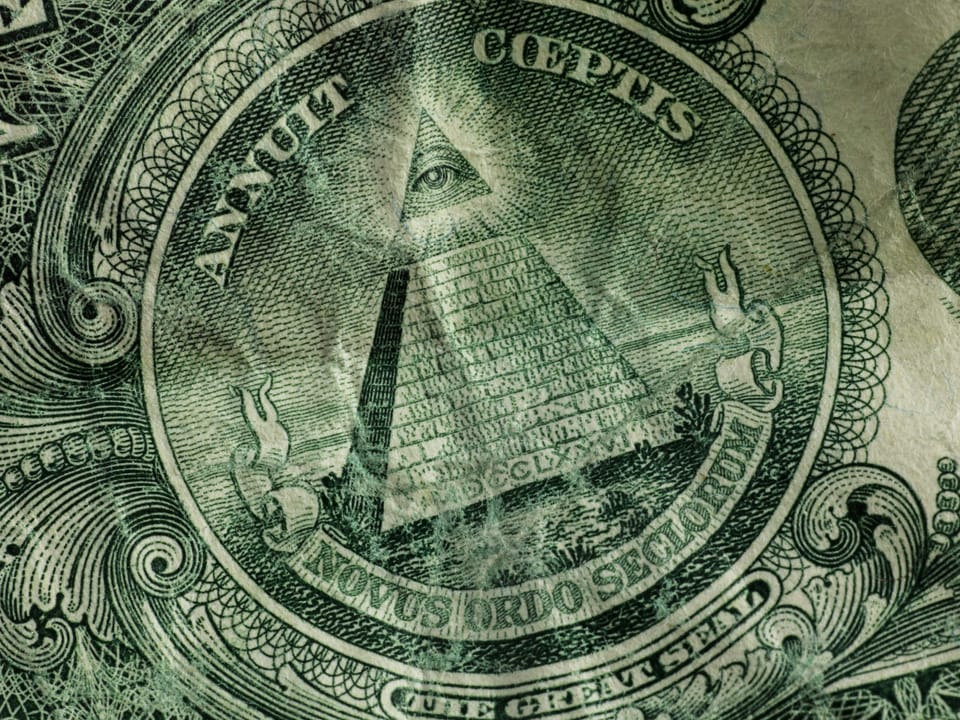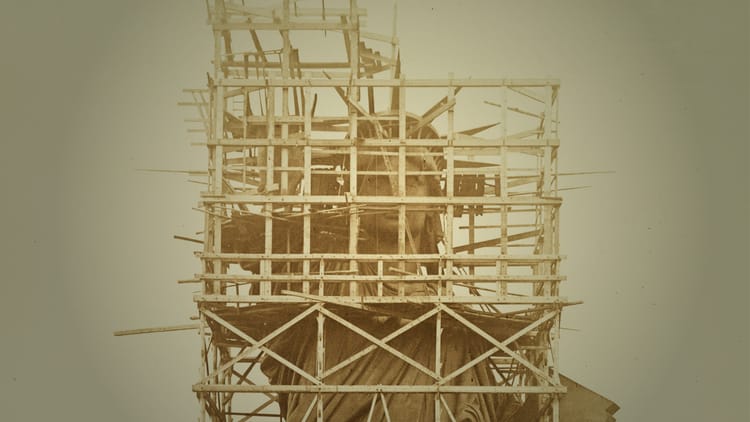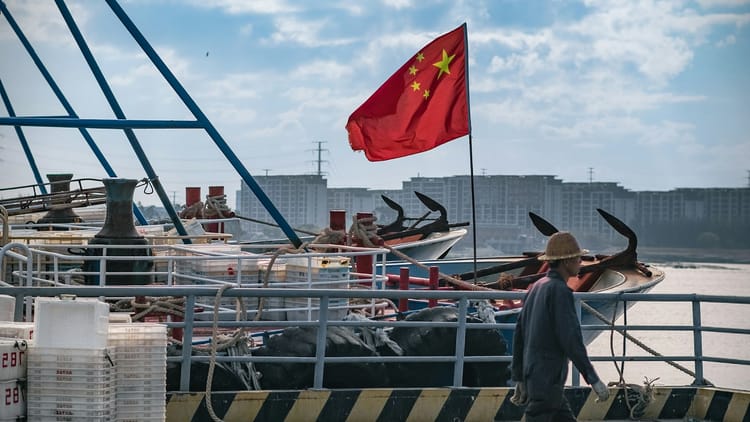Windfall

Want to be president of the United States of America? It doesn’t come cheap. The last U.S. presidential election cost some $5.7 billion—more than twice the cost of the 2016 race between Donald Trump and Hillary Clinton. Running for the presidency has never been this expensive.
Last month, donors had pledged more than $1 billion to help reelect President Joe Biden and Vice President Kamala Harris. It’s the fastest any American presidential campaign has ever crossed that mark—thanks in part to an explosion of small donations. Sure, everyday people have always pitched in to support campaigns. And in 2008, Barack Obama’s legion of small donors helped his significantly.
But this July, when Biden dropped out of the race and Harris took his spot as the presumptive Democratic nominee, she raised almost as much in small contributions in a single month as Obama did in his entire 2008 presidential campaign.
What does this development mean for the race—and American democracy beyond it?
Robin Kolodny, a professor of political science at Temple University, researches campaign finance in the U.S. As Kolodny sees it, the rise of small donors is giving campaigns something more valuable than money: commitment—and ultimately, in turn, votes. In the background, however, the whole structure of political fundraising has changed—in a way that's put presidential nominees at the center of both major parties’ moneymaking machines. Which helps explain Trump’s continuing hold on his party—and Harris’s remarkably fast grip on hers …
Gustav Jönsson: What happened to Democratic fundraising after Biden stepped aside in July?






